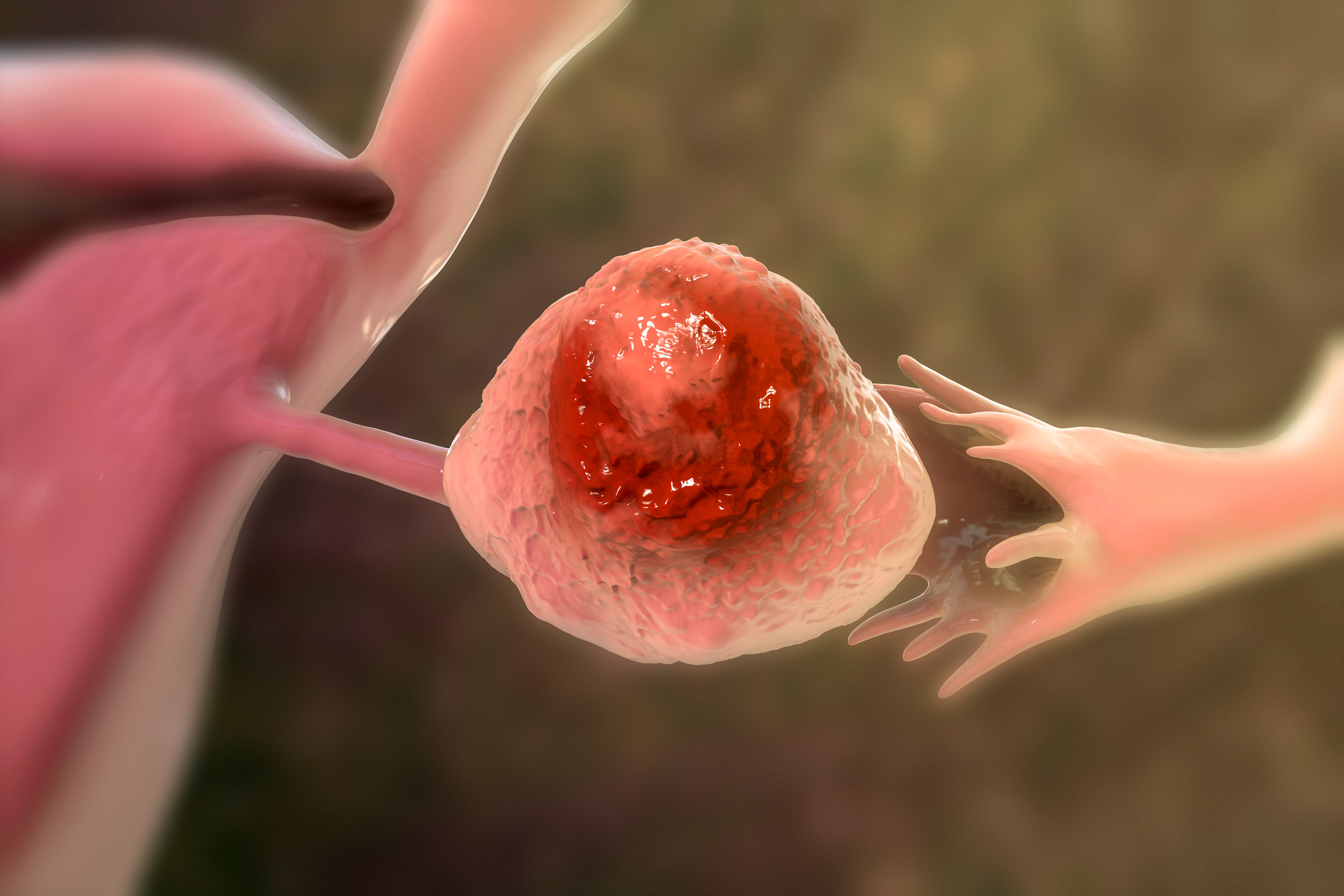Video
Challenges in Wound Care: Managing Comorbidities and Protocol
Challenges in managing comorbidities alongside wound care and the available protocol to guide treatment decisions.
Transcript
Peter L. Salgo, MD: If we parse out the comorbidities, from the 3 that you mentioned, and there are others, but let’s take these 3. There’s diabetes, peripheral vascular disease, and neuropathy, which may be a subset of diabetes. Of these 3, is there a difference in the way you care for these wounds? Do you approach them differently depending on their core etiology?
Robert J. Snyder, DPM, MSc, CWSP, FFPM RCPS: Absolutely.
Peter L. Salgo, MD: How so?
Robert J. Snyder, DPM, MSc, CWSP, FFPM RCPS: Well, first and foremost, you have to do a complete history and physical evaluation. You have to go through all of the points as far as looking at them as a whole person, not just a hole in a leg. If a patient has diabetes, very often the mainstay is to take pressure off of that wound, often with a total contact cast or some other type of offloading device. If the patient has venous disease, the mainstay would be compression. If they have peripheral arterial disease, then you would have them seen by an appropriate specialist. There are overlaps, but certainly every condition must be viewed differently.
Peter L. Salgo, MD: If I heard you correctly, some of these approaches are antithetical to others. One is a compression. Another is to take pressure off. It is important to understand the etiology and what’s causing this ulcer in the first place.
Robert J. Snyder, DPM, MSc, CWSP, FFPM RCPS: Correct.
Peter L. Salgo, MD: Do people understand that? Secondly, I think I know the answer to this, it’s scaring me. Are there places to go to look for the protocol as to how to do it? Is there some place called “Protocols Are Us” that you could go to and say, “Here’s what I’m supposed to do?” You’re laughing. Is that because there aren’t any?
Samuel D. Young, MD, MBA, CPE, CHCQM: I think there are evidence-based guidelines. Even in that realm, I think the evidence isn’t strong, and the studies just haven’t been done for providers to know what is the most effective treatment option at point A, B, C, D. I think there’s a lot of controversy among practitioners on what you should do and when.
Peter L. Salgo, MD: You know what I hear among my colleagues? These are reasonably smart people. I’m the lone outstanding idiot in the group. When they see somebody coming in with diabetes with a wound, and they say: “I’m going to fix his diabetes. I’m going to make his sugar better and that will heal the wound.” It seems to me based on what I’m hearing here today, not so much.
Robert J. Snyder, DPM, MSc, CWSP, FFPM RCPS: It’s very interesting you say that. If you ask the average generalist, or even a diabetologist, they will tell you, “Well, I’m going to look at their hemoglobin A1C, I’m going to make sure their lipids are appropriate. I’m going to make sure their hypertension is controlled, and we’ll send the patient to a vascular specialist and the wound will get better by itself. They really don’t understand the ramifications or the protocols. There are dozens of guidelines, and those guidelines do overlap, depending on what part of the country, what part of the world. Standardization really is often regional or local. Sometimes it’s even community-based.
Peter L. Salgo, MD: Are you trying to tell me that for the purpose of guidelines, an ulcer in a diabetic in Houston is different than an ulcerated diabetic in Portland, Maine?
Robert J. Snyder, DPM, MSc, CWSP, FFPM RCPS: It could be treated differently.
Peter L. Salgo, MD: Does that make sense?
Robert J. Snyder, DPM, MSc, CWSP, FFPM RCPS: I’ll go one step further. If a patient, and I don’t want to get too far ahead of ourselves here….
Peter L. Salgo, MD: Oh, go ahead.
Robert J. Snyder, DPM, MSc, CWSP, FFPM RCPS: If a patient is going to a wound care center, as an example, to be treated, the care they get on a Monday may be very different than the care they get on a Thursday, depending on what clinician is there.
Peter L. Salgo, MD: So, it’s personnel-driven.
Robert J. Snyder, DPM, MSc, CWSP, FFPM RCPS: It’s personnel-driven; it’s knowledge-based.
Michael T. Kazamias, MS, DPM: It’s expertise-driven as well.
Robert J. Snyder, DPM, MSc, CWSP, FFPM RCPS: It’s expertise-driven.
Michael T. Kazamias, MS, DPM: If they see a center of excellence and then they’re discharged for home care, many times in the managed care environment, the quarterback, let’s say, for that wound care is no longer the specialist who treated him at the outpatient center. It’s now the internist who is the gatekeeper for the outpatient care. Now that patient goes home and is treated by home health with a different set of orders.
Peter L. Salgo, MD: With apologies to my friends in the Southwest, this sounds like the Wild West—it’s crazy. We have protocols for lots of diseases. Why are wounds so different? Is it because they don’t pay attention or haven’t paid attention? And why not?
Michael T. Kazamias, MS, DPM: They overlap a lot of different providers. General surgeons can treat wounds. Nurses can treat wounds. Physical therapists can treat wounds. It’s the lack of coordination of care to be able to implement a standardization protocol. That appears to be the largest problem.
Robert J. Snyder, DPM, MSc, CWSP, FFPM RCPS: Wounds are like soup. Everybody likes to take a turn stirring the pot.
Peter L. Salgo, MD: That’s a rather distasteful analogy, but let it pass.
Robert J. Snyder, DPM, MSc, CWSP, FFPM RCPS: To the doctor’s point, there is a multiplicity of individuals who are involved in wound management with various skill sets and areas of expertise.
Samuel D. Young, MD, MBA, CPE, CHCQM: Let’s go back to this fact that wounds are a harbinger for ultimate mortality. How do you study better these chronic wounds, particularly the decubitus ulcers or pressure ulcers, right, which tend to happen in the elderly population? Your patient base for study may not be around long enough for you to really understand what worked and what didn’t. Perhaps that’s part of the quandary on why we don’t know.
Peter L. Salgo, MD: Because these wounds are often in elderly people with eventually, more rapidly than not, lethal problems.
Samuel D. Young, MD, MBA, CPE, CHCQM: Right.
Robert J. Snyder, DPM, MSc, CWSP, FFPM RCPS: There also is no true specialty in wound management. So if you go to a breast center, as an example, you’re going to have someone who’s board certified and who has an expertise in that area. We have boards in wound management, but again, there’s such a diversity in care that very often we don’t have that level of expertise that you’re seeing in other areas.
Newsletter
Stay ahead of policy, cost, and value—subscribe to AJMC for expert insights at the intersection of clinical care and health economics.




